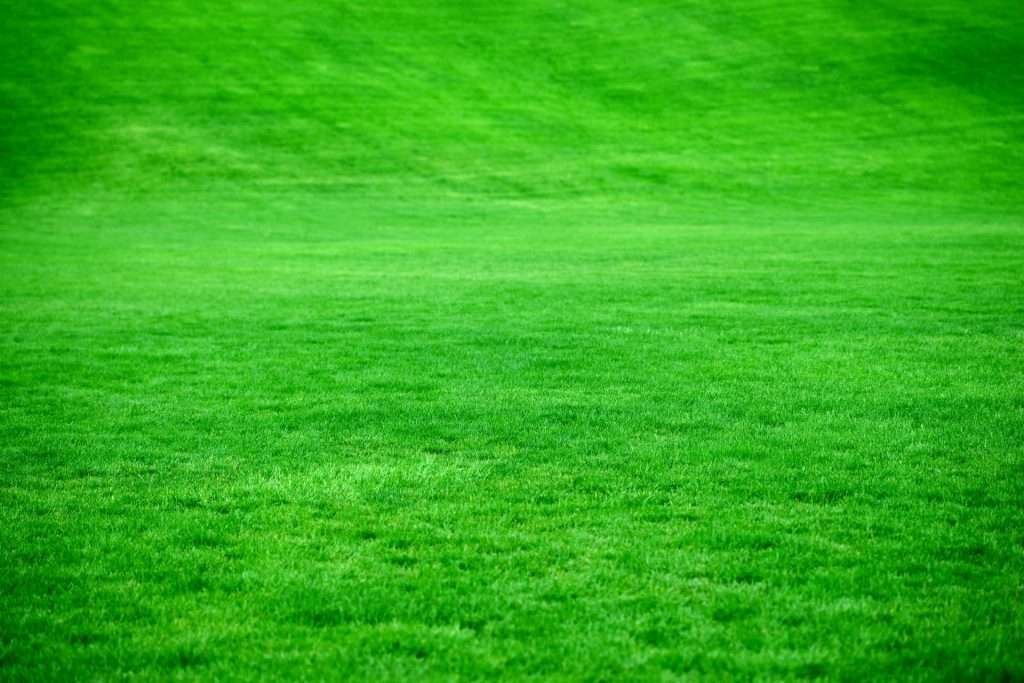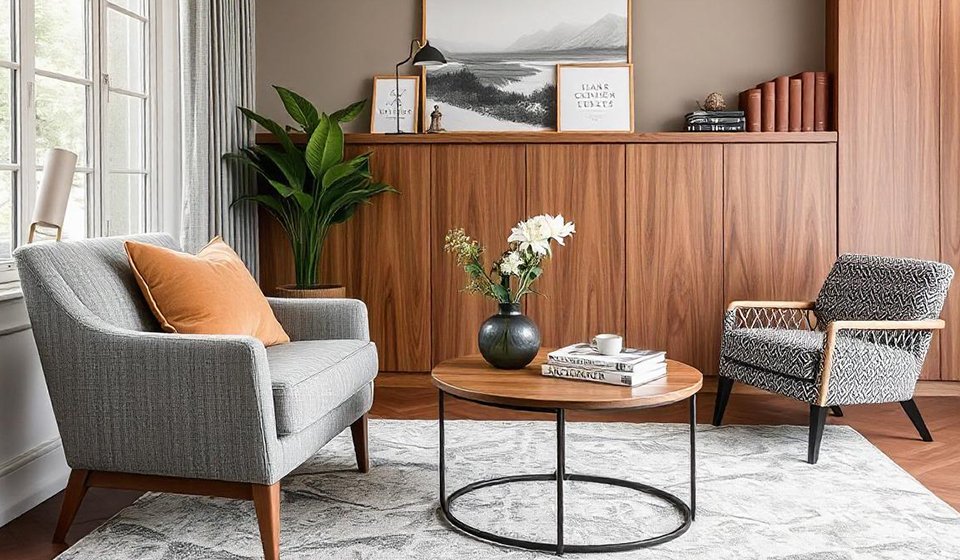Photo by Alexander Grey on Unsplash
If you are considering using artificial grass or sod for your landscape, it is essential to understand the differences between these two products. Artificial grass is made of synthetic materials, while sod is composed of natural grass. There are a few key factors to consider when deciding which product is suitable for your needs, including cost, maintenance, and appearance. Keep reading to learn more about artificial grass vs. sod to make the best decision for your landscape.
Artificial grass is synthetic, while sod is natural.
Artificial grass is a great way to get a lush lawn without all the fuss of regular lawn maintenance. Made from synthetic materials, artificial grass in Calabasas, CA, offers homeowners more durability and better water efficiency than natural sod.
Although artificial grass does require occasional cleaning, it doesn’t have to be mowed or edged like its natural counterpart.
Along with convenience, artificial grass can last much longer than natural sod and save you effort, time, and money in the long run.
On the other hand, the sod requires ongoing care that artificial grass isn’t subject to, such as watering, fertilizing, and aerating every few weeks. Sod comprises natural grass, grown elsewhere, and then transplanted into your yard. All these factors must be considered when deciding which type of solution is best for your landscape needs.
Artificial grass requires less maintenance than sod.
Artificial grass is an excellent choice for people looking for an outdoor landscape solution that doesn’t require regular maintenance. Unlike sod, artificial grass does not need to be watered or fertilized, saving homeowners time and money. Artificial grass also has the additional benefit of being more resilient than sod since it won’t easily suffer from disease or lose color due to temperature changes. In the end, if you choose to install artificial turf instead of sod, visiting artificialturfutah.com can assist you in creating a stunning outdoor space with minimal hassle and concern.
Sod provides a natural look, while artificial grass is uniform in appearance.
With the many options available for landscaping, it can take time to know what is suitable for your yard. It can be easier to decide when you understand the distinct differences between sod and artificial grass. Sod provides a more natural look for your landscape, creating rolling patterns of soft green instead of uniformity like artificial grass offers. While artificial lawns have their advantages, such as ease of maintenance, they do not lend the same look and feel as a property with sod.
Whether for a resort-like property or simply for personal enjoyment, there are many ways to incorporate sod and artificial turf into your home landscape to achieve different looks, depending on your preference.
Sod is costlier than artificial grass, but it may last longer.
When considering landscape options, deciding between artificial grass and sod can be difficult. Although sod is generally more expensive per installation than artificial grass, it provides several advantages that may justify the extra cost.
While artificial grass may last longer, if taken care of properly, quality sod, when properly maintained, can last much longer, even over 10 to 20 years.
Additionally, in areas with extreme climates, such as cold regions or zones prone to flooding, sod has a proven track record of surviving harsh conditions better as compared to artificial grass.
Nonetheless, before committing to either type of product, it is essential to understand both the advantages and disadvantages associated with each so you can make an informed decision for your particular situation.
Consider your budget, maintenance, and the overall look.
When you have to decide between artificial grass and sod for your lawn, there are several aspects to consider. Finances are a significant factor, as installing artificial grass is more expensive in the short term but will save you money in the long run due to less maintenance required. The amount of yard upkeep you’re willing to do is also an important consideration, with natural sod taking much more effort to maintain than synthetic turf. Lastly, depending on the overall look you want for your landscape, one might be a better fit, for achieving that goal. In any case, researching and preparing for these factors before deciding can ensure that whichever product you choose best fits your needs.
When it comes to choosing between artificial grass and sod, there are a few key factors you should consider. First, think about your budget. Artificial grass is typically more affordable than sod, but sod may last longer if properly maintained. Second, consider the amount of maintenance you’re willing to do. Artificial grass doesn’t require watering or fertilizing, while sod does. Finally, think about the overall look you want for your yard. Sod provides a more natural look, while artificial grass has a more uniform appearance. Considering all of these factors, you’ll be able to make an informed decision about which type of grass is right for your landscape.









